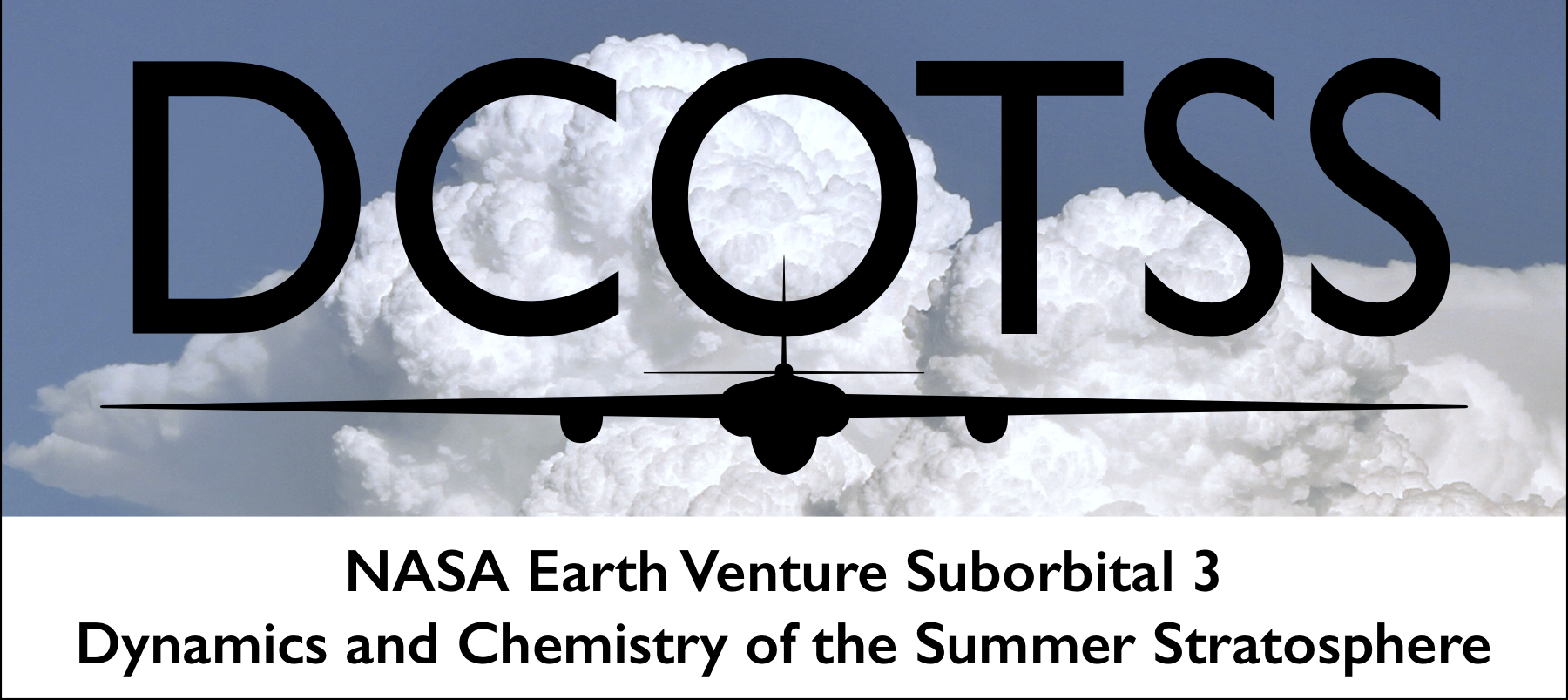
Models are essential to DCOTSS for meteorological forecasting, flight planning, and post-flight data analysis. DCOTSS scientists will use operational and research models, in combination with radar and satellite observations, to provide the environmental context for all ER-2 flight missions.
Models that will be used during DCOTSS include
NASA Goddard Earth Observing System (GEOS) model
12 km horizontal resolution; 3-hourly forecast output to 10 days; initialized 00 and 12 UTC; deterministic; meteorology and chemistry
model output
NOAA High Resolution Ensemble Forecast (HREF) model
3 km horizontal resolution; 36-hour forecasts initialized every 6 hours; 8-member ensemble (WRF-NMM, WRF-ARW, NAM)
model output
NOAA High Resolution Rapid Refresh (HRRR) model
3-km horizontal resolution, 36-hour forecast initialized every hour; assimilates radar data; deterministic forecast (WRF-ARW)
model output
NOAA High Resolution Rapid Refresh Ensemble (HRRRE) model
3-km horizontal resolution (eastern CONUS only), 36-hour forecast initialized every 12 hours; assimilates radar data; deterministic forecast, 9-member ensemble (WRF-ARW)
model output
NOAA Global Forecast System (GFS) model
28 km horizontal resolution, 16-day forecasts initialized every 6 hours
model output
NOAA Rapid Refresh with Chemistry (RAP-CHEM) model
13 km horizontal resolution; 48-hour forecast; 00 UTC daily; deterministic (WRF-CHEM); focused on air quality
model output
Texas A&M Three-Dimensional Trajectory Model (TRAJ3D) model
regional or global Lagrangian particle trajectories using analyzed or forecast winds; flexible vertical coordinate; 4-D multilinear interpolation of velocity components; arbitrary time step size

